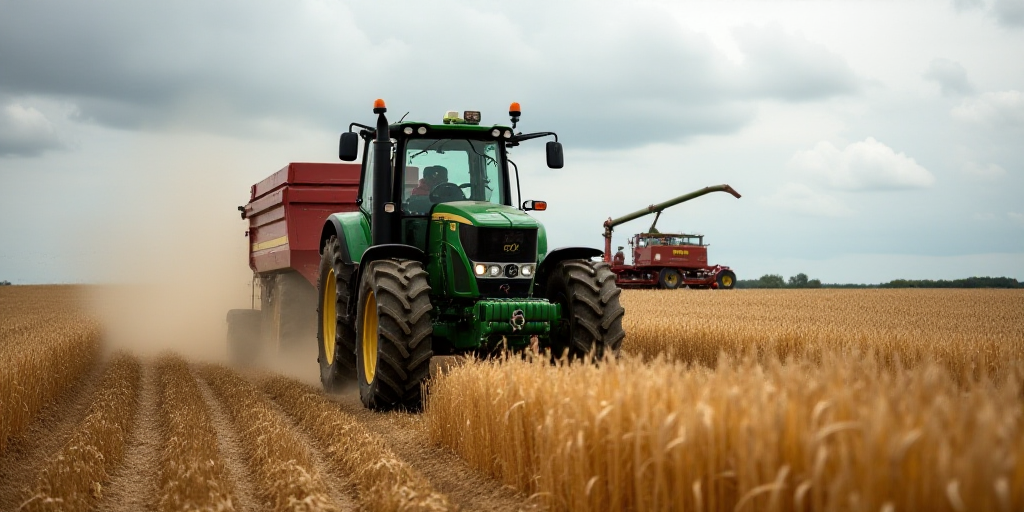Background on the Situation
Following Russia’s invasion of Ukraine in 2022, the European Union (EU) opened its food markets and temporarily waived tariffs and quotas in a show of solidarity. This move allowed Ukrainian farmers to sell their produce, including wheat and sugar, in the EU market. However, as EU farmers raised concerns over an influx of cereals, sugar, and poultry from Ukraine, the EU reintroduced quotas.
New Quota Announcements
On Friday, the EU announced new quotas for Ukrainian wheat and sugar imports. The annual quota for wheat was set at 1.3 million metric tonnes, a 30% increase from the pre-war levels of 1 million tonnes. This represents a reduction of 70-80% compared to the volumes imported in the last three tax-free years, which were approximately 4.5 million tonnes (2024/25), 6.5 million tonnes (2023/24), and 6.1 million tondes (2022/23) according to EU Commission data.
Impact on Ukrainian Exporters
Despite the reduced quotas, Ukraine has continued to export large volumes of grains via the Black Sea. However, with no end in sight for the war and dwindling Western support, Ukrainian exporters may need to seek new markets in Asia and Africa.
Key Questions and Answers
- What is the main reason for the EU’s decision to cut Ukrainian wheat and sugar imports? The primary reason is to address concerns raised by EU farmers regarding the influx of cereals, sugar, and poultry from Ukraine.
- What are the new quotas for Ukrainian wheat imports set by the EU? The annual quota for wheat was established at 1.3 million metric tonnes, a 30% increase from the pre-war levels of 1 million tonnes.
- How do these new quotas compare to previous import volumes? The new quotas represent a 70-80% reduction compared to the volumes imported in the last three tax-free years.
- What challenges do Ukrainian exporters face due to the reduced EU imports? With limited options in the EU market, Ukrainian exporters may need to explore new markets in Asia and Africa.






